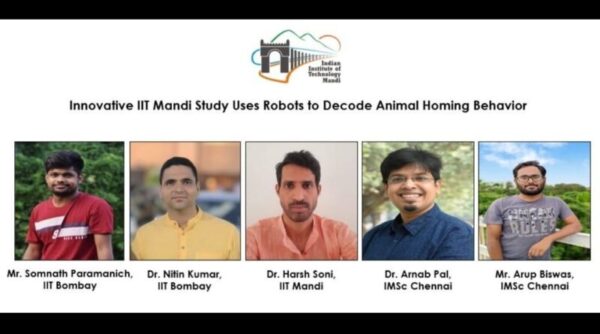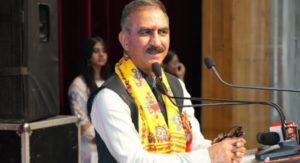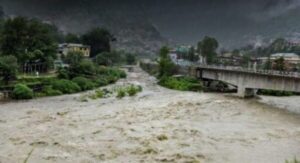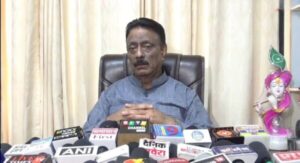
- Researchers used programmable robots to study how animals find their way back home after foraging for food and found that optimal randomness, combined with occasional resets, enhances navigation efficiency
- This finding could revolutionize autonomous vehicle navigation, search and rescue missions and provide insights into cellular dynamics.
Indian Institute of Technology Mandi researcher has made a significant advances in understanding how animals find their way back home after foraging, even when they face unexpected detours. Using a small, programmable robot, the researcher explored the complexities of homing behaviour in a controlled environment.
The ability to find their way back home after activities such as migration or foraging is important for many animals. For example, homing pigeons are famous for their ability to deliver messages over long distances due to their exceptional navigation skills. Similarly, sea turtles, salmon and monarch butterflies undertake long journeys to return to their birthplace. This homing behaviour, commonly found in nature, has long fascinated scientists.
Different species use different strategies to find their way back home. Some rely on path integration, calculating their return based on the distance and direction traveled, while others rely on environmental cues such as scent, landmarks, star positions or the Earth’s magnetic field. Despite these different modes, homing is generally a highly efficient process. However, the effect of random factors or “noise” on animal navigation remains an area of ongoing research.
The research team investigated these patterns using small robots designed to mimic animal behaviour. These robots, about 7.5 cm in diameter, are equipped with sensors to detect objects and light, enabling them to locate “home” marked by the brightest light source. The robots navigate using independently controlled wheels and adjust their path based on light intensity, similar to some animals.
The researchers found that beyond the optimal level of randomness, the duration of homing remains unaffected. Computer simulations further supported these findings, showing that occasional ‘resets’, where the robots orient themselves directly towards home, enhanced their ability to correct their path.
Dr Harsh Soni, Assistant Professor, School of Physical Sciences, IIT Mandi, highlighted the broader implications of this research. He added, “These findings may help in the development of better navigation systems for autonomous vehicles and to improve search and rescue missions. Additionally, the study provides valuable insights into cellular dynamics, where similar processes may be at play,”
The study findings have been published in the journal PRX LIFE. The theoretical and numerical aspects of the research were conducted by Dr. Harsh Soni from IIT Mandi, along with Dr. Arnab Pal and Mr. Arup Biswas from the Institute of Mathematical Sciences, Chennai. The experimental work was led by Dr. Nitin Kumar and Mr. Somnath Parmanich from IIT Bombay.
This research provides new perspectives on the physics of homing and opens up avenues for further exploration in both biological and technological contexts.

Continuing the achievement of the journey of effectiveness and credibility of more than 10 years in the career of journalism, as a woman journalist, I am Serving as the founder, promoter and editor of DiaryTimes with the trust and support of all. My credible coverage may not have given a big shape to the numbers, but my journey presents articles that make you aware of the exact and meaningful situations of Himachal’s politics, ground issues related to the public, business, tourism and the difficult geographical conditions of the state and financial awareness. DiaryTimes, full of the experience of my precise editorial expertise, is awakening the flame of credible journalism among all of you, so that the eternal flame of meaningful change can be lit in the life of the people of the state and the atrocities being committed against the people can be brought to the fore, I am motivated for that. If even a small change comes with the power of my journalism and the whole world becomes a witness to that issues, then I will consider myself fortunate.





